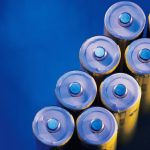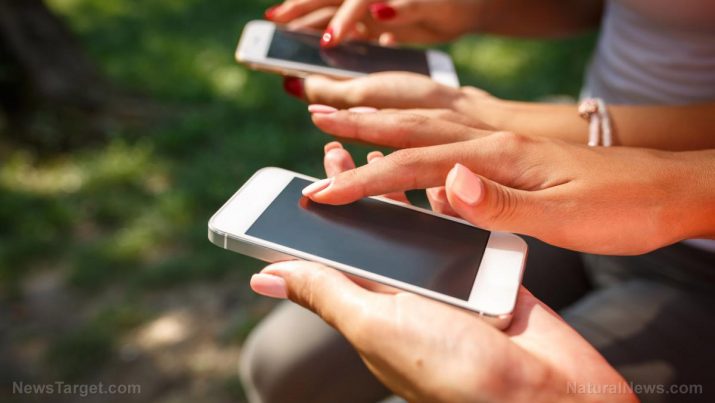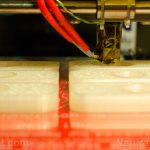
Self-healing glass discovered by scientists accidentally, could lead to end of smashed screens
Tuesday, December 26, 2017 by David Williams
http://www.futuresciencenews.com/2017-12-26-self-healing-glass-discovered-by-scientists-accidentally-could-lead-to-end-of-smashed-screens.html

Ever since smartphone makers thought it was acceptable to build phones with nothing but mostly screens on them, the world has come to know one major annoyance: broken glass screens. Whenever a phone screen breaks, it’s always a toss-up between continuing to use the phone with cracks on its display, or just ponying up for a new screen — or worse, a new phone — altogether.
But what if there were another way? What if the screen on your phone could somehow not only withstand breaking but also heal itself and eventually return to its original condition within a matter of hours? While it may sound like science fiction, it’s the result of a real science experiment that yielded in an accidental discovery: a new type of glass that can heal itself from breaks and cracks has just been discovered in Japan.
The new type of glass is made from a low weight polymer called polyether-thioureas, and it is said to be capable of healing breaks when pressed together manually without the use of high heat to aid the process. It’s the subject of a new study conducted by researchers from the University of Tokyo and could lead to the end of broken glass on smartphone screens.
New glass properties
The new type of polymer glass created holds some interesting features. According to the researchers, it’s the first hard substance of its kind that can be successfully healed at room temperature. It’s also described as “highly robust mechanically yet can readily be repaired by compression at fractured surfaces.”
Although the new material was discovered by accident by graduate school student Yu Yanagisawa — while preparing the material as glue — it should be noted that the researchers have conducted numerous tests of the material’s properties since then. The initial discovery showed the researchers that cutting the surface of the edges of the polymer would eventually lead to it healing and forming strong sheets after manual compression for about 30 seconds at room temperature.
After continued experiments, the researchers were able to confirm that the material did indeed return to its original strength after just a couple of hours. And the use of high heat was unnecessary to make this possible. As Yanagisawa notes in an interview about the discovery, he didn’t quite believe what he had found at first and conducted multiple follow-up experiments to confirm. “I hope the repairable glass becomes a new environment-friendly material that avoids the need to be thrown away if broken,” he said.
Future of phone screens
The use of the words “self-healing” and “smartphone screen” in the same sentence has been done a number of times in the past, notably a few years ago when LG shipped a phone called the G Flex 2. The phone was said to come with a self-healing screen that could heal minor scratches over time, but not fully repair heavier damage.
Based on this discovery, it might be possible to equip the edge-to-edge glass displays present in high-end phones with the new polymer to further prolong their use. And as a bonus, it could even be used on the backside of phones, mainly those that make use of glass back panels that could crack or break after continued use or unforeseen accidents. In any case, the new material holds a lot of promise.
Sources include:
Tagged Under: Tags: Chemistry, future tech, glass, Glitch, goodscience, iPhones, materials science, mobile devices, portable displays, real science, screen glass, self healing glass, smartphone glass, Smartphones





